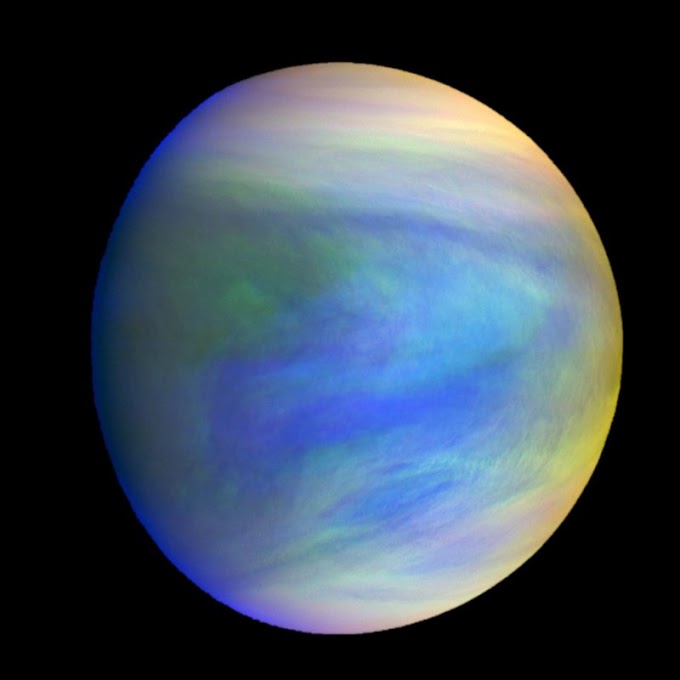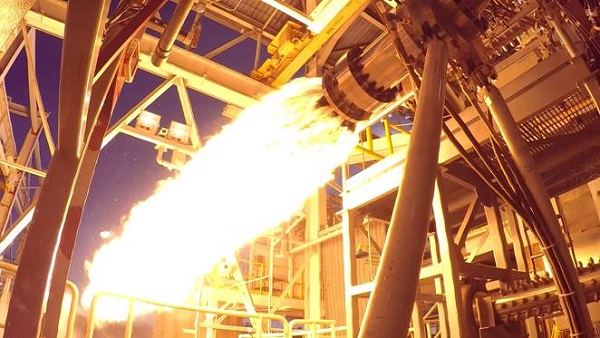PSLV had been one of the most favored launch vehicles for a long time due to its capability of carrying multiple payloads and even placing different payloads into different orbits if the mission demanded such. Here, we get to know the 'Workhorse of ISRO' as clear as possible.
Ok
Specifications
Height: 44 m (144 ft.)
Diameter: 2.8 m (9 ft. 2 in.)
Number of Stages: 4
STAGE-I
Diameter: 2.8 m (9.2 ft.)
Propellant mass: 1,38,200 kg each
Engine: S139
Fuel: Hydroxyl-terminated polybutadiene (HTPB)
Maximum Thrust: 4800 kN
Read: PISAT
STAGE-II
Length: 12.8 m (42 ft.)
Diameter: 2.8 m (9.2 ft.)
Propellant mass: 42,000 kg each
Engine: Vikas
Fuel: Unsymmetrical dimethylhydrazine (UDMH) + N2O4
Maximum Thrust: 799 kN
STAGE-III
Diameter: 2 m (6.6 ft.)
Propellant mass: 7,600 kg each
Engine: S-7
Fuel: HTPB
Maximum Thrust: 240 kN
Also Read: SATHYABAMASAT
STAGE-IV
Length: 3 m (9.8 ft.)
Diameter: 1.3 m (4.3 ft.)
Propellant mass: 2,500 kg each
Engines: 2 x PS-4
Fuel: Monomethylhydrazine (MMH) + Mixed oxides of Nitrogen (MON)
Maximum Thrust: 14.66 kN
Lift-off Mass: 320 tonnes (XL)
Variants: PSLV-G, PSLV-CA, PSLV-XL
First Flight: 10th September 1993
Achievements: Successfully carried payloads including Chandrayaan-1, Mangalyaan, and Astrosat. As of December 2019, 319 satellites from 33 countries have been successfully launched to space by PSLV. On 15th February 2017, PSLV C-37 carried 104 satellites, placing them in sun-synchronous orbit, thereby setting a new record for the highest number of satellites sent to space on a single launch.











0 Comments